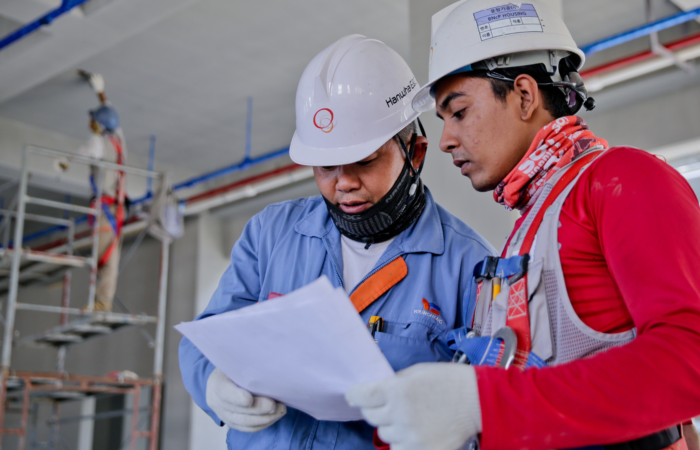The Australian construction industry is a critical component of the national economy, contributing significantly to employment and GDP. The industry encompasses residential, commercial, infrastructure, and industrial construction. As we look ahead to FY25 and beyond, the outlook for the Australian construction industry is shaped by various factors including economic conditions, government policies, technological advancements, and market demand. This report provides a comprehensive analysis of these factors and their potential impact on the construction industry over the next decade.
Economic Overview
Macroeconomic Factors
The Australian economy is anticipated to experience moderate but steady growth from 2024 to 2030. According to forecasts by the Reserve Bank of Australia (RBA), GDP growth is expected to stabilize around 2.5% to 3% annually. This economic stability is crucial for the construction industry, providing a favorable environment for both public and private investments in construction projects. Inflation is projected to remain within the RBA’s target range of 2-3%, ensuring a stable cost environment for construction materials and labor.
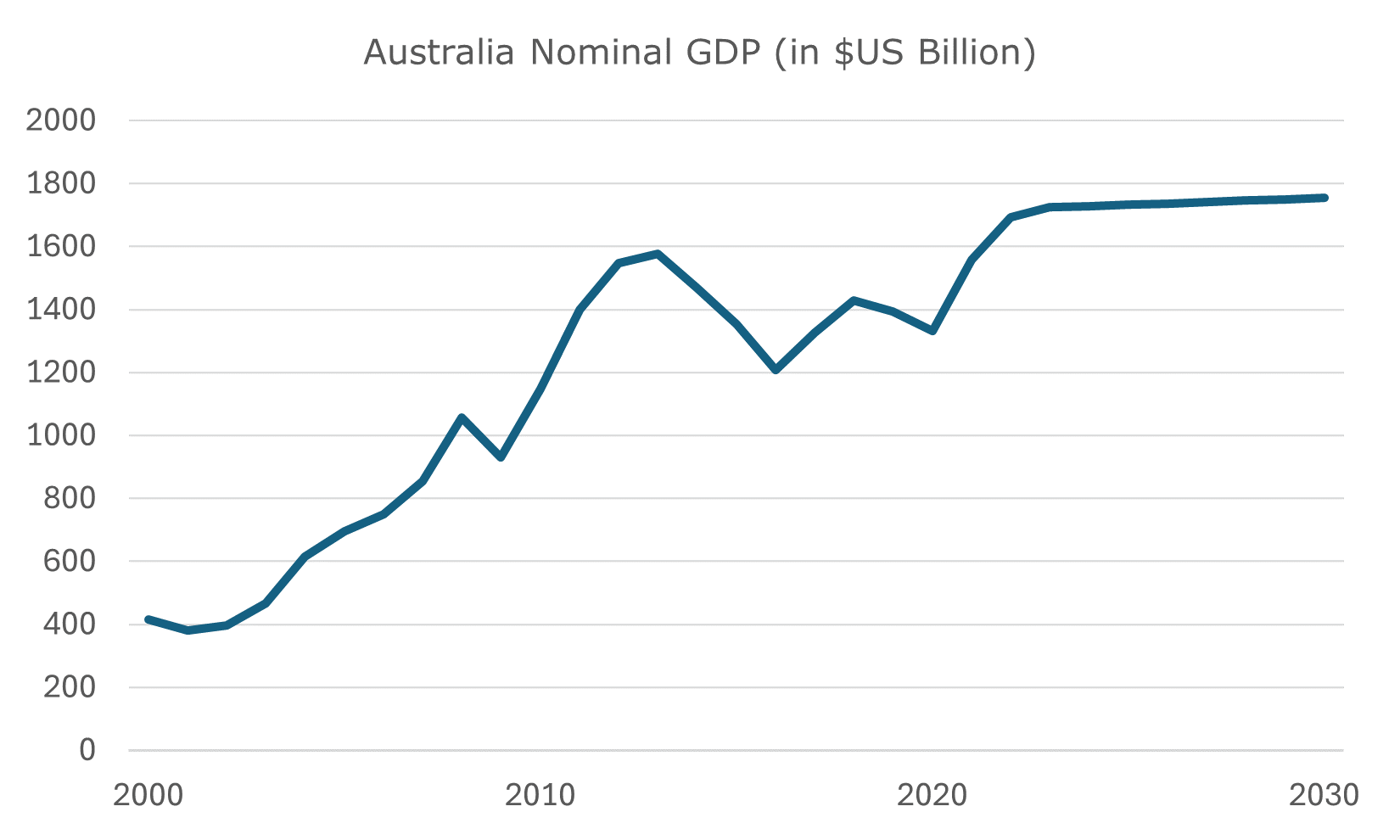
Housing Market Trends
The housing market will continue to be a major driver of the construction industry. Following the housing boom in the early 2020s, the market is expected to stabilize, with price growth moderating. However, the demand for new housing, particularly in urban centers and growing regional areas, will persist. Population growth, migration policies, and government incentives for first-home buyers will support sustained demand for residential construction. The focus on affordable housing and sustainable urban development will shape housing trends in the coming years.
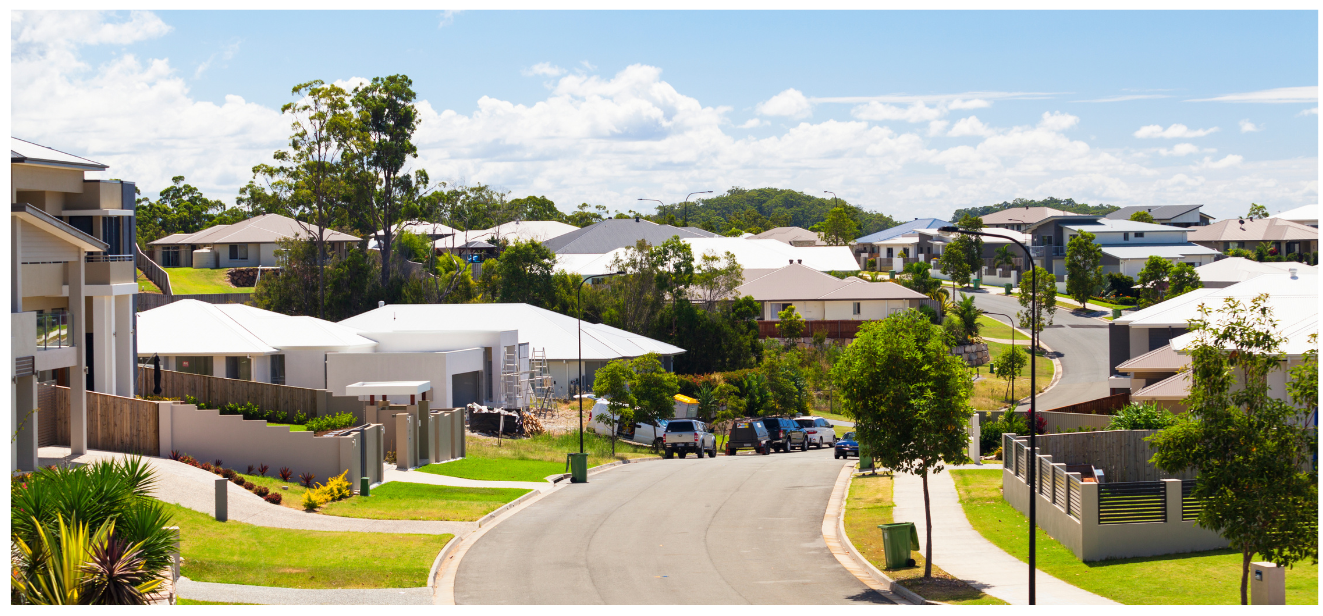
Government Policies and Initiatives
Infrastructure Investments
The Australian government has committed to significant infrastructure investments, which will be a key driver of construction activity over the next decade. Major projects include the Inland Rail project, expansion of the Sydney Metro, and various road and public transport upgrades across the states. These initiatives are expected to boost the construction industry by providing a steady pipeline of large-scale projects, creating jobs, and enhancing economic growth. Government spending on infrastructure is projected to exceed $100 billion over the next decade, underpinning robust growth in the sector.

Housing Affordability and Social Housing
Government policies aimed at improving housing affordability and increasing the supply of social housing will also impact the construction sector. Initiatives such as the National Housing and Homelessness Agreement (NHHA) and state-specific programs are designed to support the development of affordable housing. These measures will drive demand for residential construction and contribute to addressing housing shortages. The government’s focus on social housing will ensure that vulnerable populations have access to safe and affordable housing, which is critical for social stability.
Sustainability and Green Building
The push for sustainable development and green building practices is gaining momentum in Australia. Government regulations and incentives aimed at reducing carbon emissions and promoting energy efficiency are encouraging the adoption of sustainable construction methods. This trend is expected to influence the design and construction of new buildings, with a growing emphasis on environmentally friendly materials and technologies. The construction industry is likely to see increased investment in renewable energy projects, green infrastructure, and smart city developments.
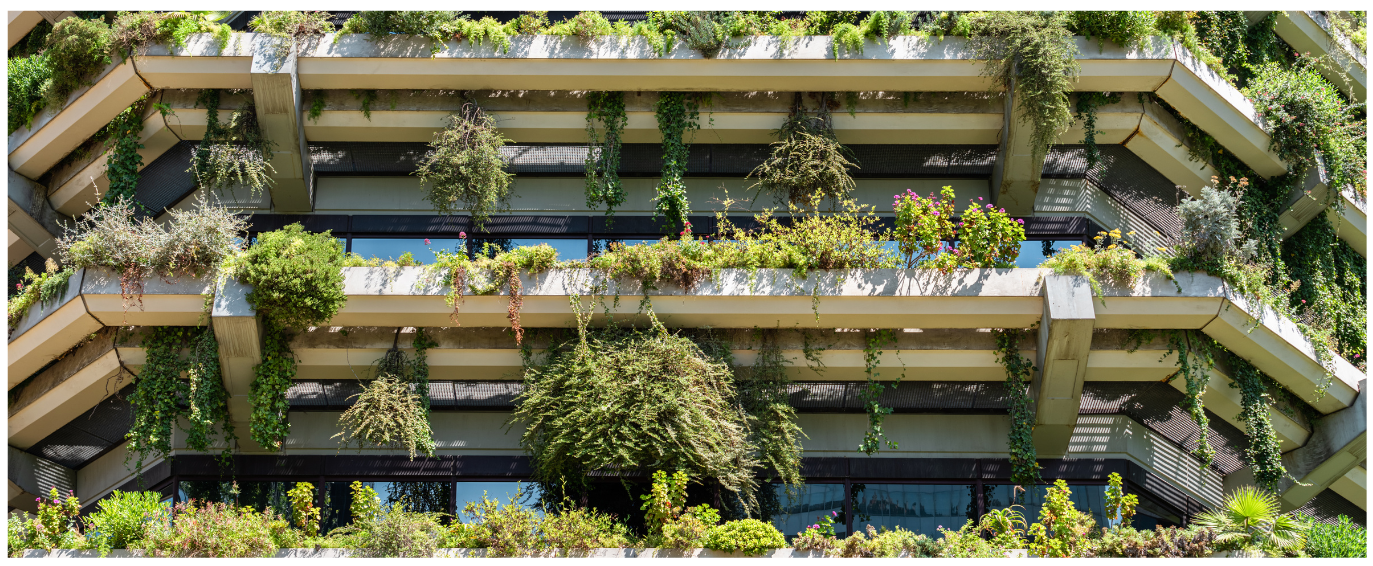
Technological Advancements
Digital Transformation
The construction industry is undergoing a digital transformation, with the adoption of advanced technologies such as Building Information Modeling (BIM), artificial intelligence (AI), and the Internet of Things (IoT). These technologies are enhancing project planning, design, and management, leading to increased efficiency and cost savings. The integration of digital tools is expected to continue, driving innovation and improving project outcomes. BIM, in particular, will become a standard practice, facilitating better collaboration and coordination among stakeholders.
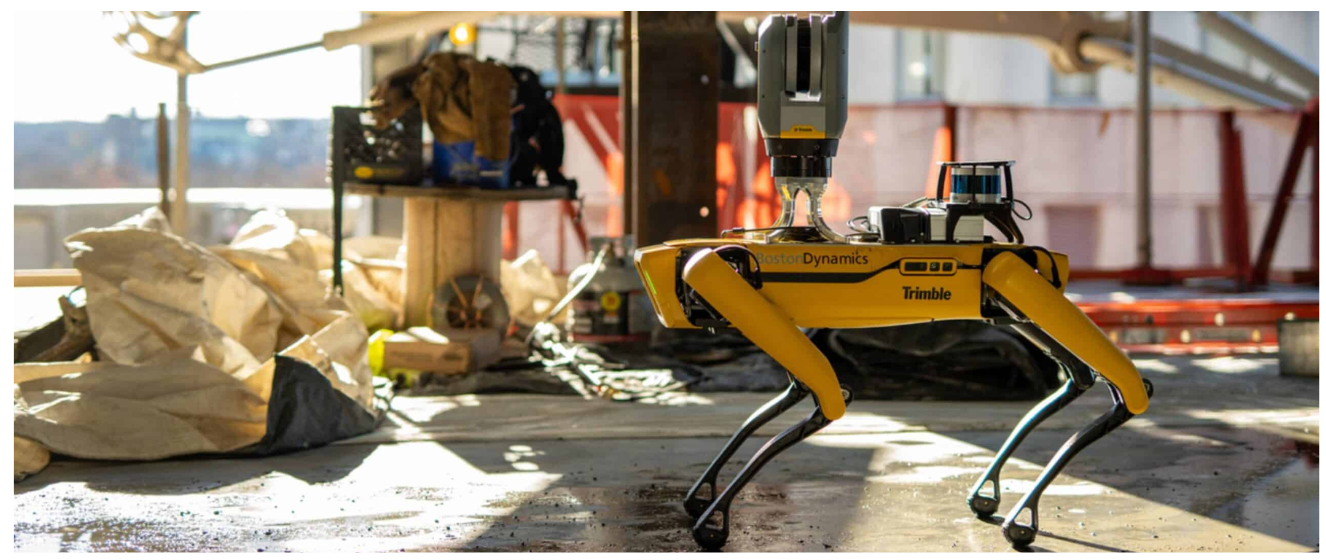
Prefabrication and Modular Construction
Prefabrication and modular construction methods are gaining popularity due to their potential to reduce construction time, costs, and waste. These methods involve assembling building components off-site and transporting them to the construction site for installation. The adoption of prefabrication and modular construction is expected to grow, particularly in the residential and commercial sectors, as builders seek to improve productivity and meet tight project timelines. These methods also align with sustainability goals by minimizing material waste and energy consumption.
Market Demand
Residential Construction
The demand for residential construction is expected to remain strong, driven by population growth and urbanization. Key trends in residential construction include the development of high-density housing in urban centers, mixed-use developments, and the increasing popularity of sustainable and energy-efficient homes. The focus on affordable housing will also drive demand, with government support for first-home buyers and low-income households playing a crucial role.
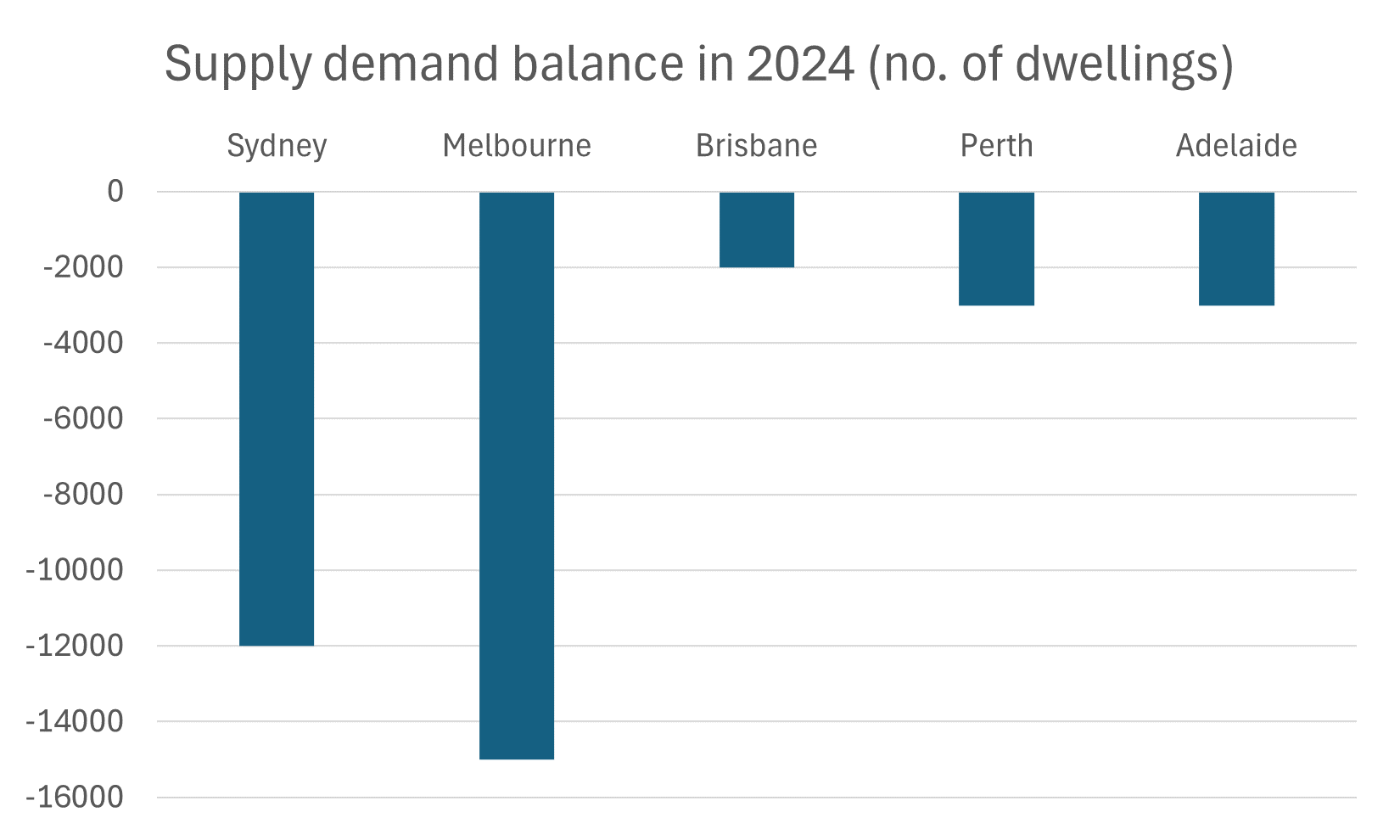
Commercial Construction
The commercial construction sector is poised for growth, with increased investments in office buildings, retail spaces, and mixed-use developments. The shift towards flexible workspaces and the integration of technology in commercial buildings are key trends shaping this sector. Additionally, the recovery of the tourism and hospitality industries post-pandemic will drive demand for new hotels and entertainment facilities. The rise of e-commerce will also fuel the construction of logistics and distribution centers.
Infrastructure and Civil Engineering
Infrastructure and civil engineering projects will continue to be a significant driver of the construction industry. Government investments in transportation, utilities, and public amenities will provide a steady stream of projects. The focus on improving infrastructure to support economic growth and urban development will drive demand for civil engineering services. Key projects will include upgrades to road networks, public transport systems, and water and energy infrastructure.
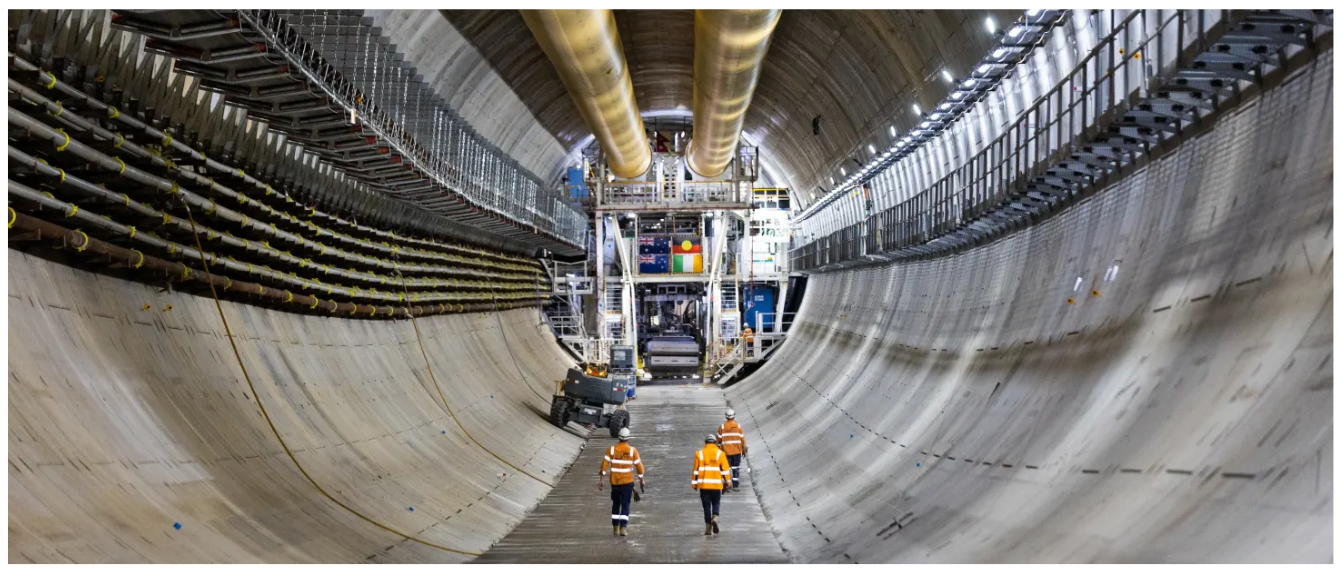
Challenges and Risks
Skilled Labor Shortages
The construction industry faces ongoing challenges related to skilled labor shortages. The demand for skilled workers often exceeds supply, leading to project delays and increased labor costs. Addressing this issue requires investments in training and education programs to attract and retain talent in the industry. Collaboration between industry stakeholders, educational institutions, and government agencies will be essential to develop a skilled workforce capable of meeting future demands.
Supply Chain Disruptions
Global supply chain disruptions, exacerbated by the COVID-19 pandemic and geopolitical tensions, have impacted the availability and cost of construction materials. These disruptions pose a risk to project timelines and budgets. Diversifying supply sources and improving supply chain resilience are essential strategies for mitigating these risks. The construction industry will need to adopt more flexible procurement practices and invest in local manufacturing capabilities to reduce dependency on global supply chains.
Regulatory and Compliance Issues
The construction industry is subject to a complex regulatory environment, including building codes, safety standards, and environmental regulations. Navigating these regulations can be challenging and time-consuming. Compliance with evolving standards, particularly in sustainability and safety, requires continuous adaptation and investment. Industry participants must stay abreast of regulatory changes and implement robust compliance strategies to avoid legal and financial penalties.
Opportunities for Growth
Regional Development
Regional development presents significant opportunities for the construction industry. As urban centers become more crowded and expensive, there is growing interest in regional areas with affordable housing and improved infrastructure. Government incentives and investments in regional development will drive demand for construction services in these areas. Regional projects will include residential developments, infrastructure upgrades, and commercial facilities, supporting balanced national growth.
Smart Cities and Urban Development
The concept of smart cities, which leverage technology to improve urban living, is gaining traction in Australia. Investments in smart city initiatives, including digital infrastructure, sustainable transport, and energy-efficient buildings, will create new opportunities for the construction industry. Collaborations between the government, private sector, and technology providers will be crucial in advancing smart city projects. The development of smart cities will enhance urban living standards, reduce environmental impact, and improve resource management.
Renewable Energy Projects
Australia’s commitment to transitioning to renewable energy sources is driving investments in solar, wind, and hydroelectric projects. The construction of renewable energy infrastructure, such as solar farms and wind turbines, offers growth opportunities for the industry. These projects not only support environmental goals but also create jobs and stimulate economic activity. The construction industry will play a key role in building the infrastructure needed to support Australia’s clean energy transition.

The outlook for the Australian construction industry from 2024 to 2030 is positive, with steady growth anticipated across various sectors. Government policies, infrastructure investments, technological advancements, and market demand will be key drivers of this growth. However, the industry must navigate challenges such as skilled labor shortages, supply chain disruptions, and regulatory complexities. By embracing innovation, investing in workforce development, and adapting to evolving market trends, the construction industry can capitalize on the opportunities ahead and contribute to Australia’s economic prosperity.

